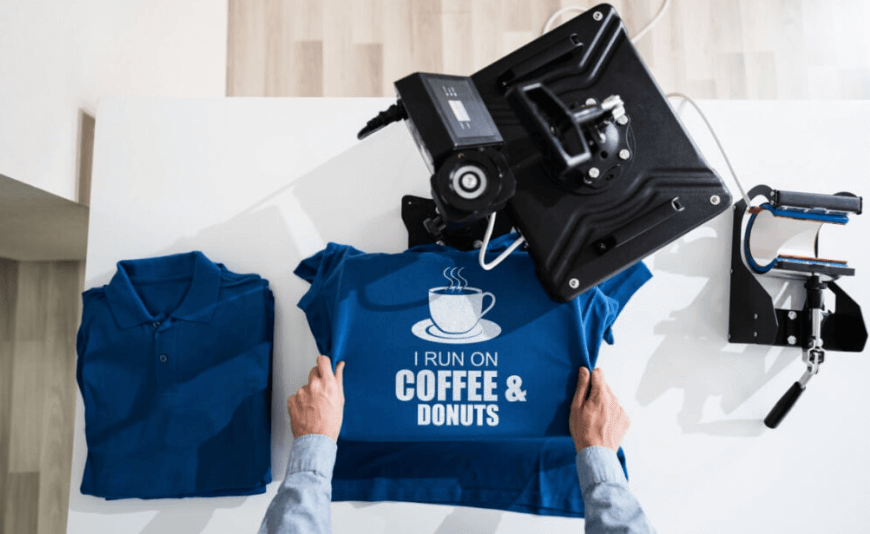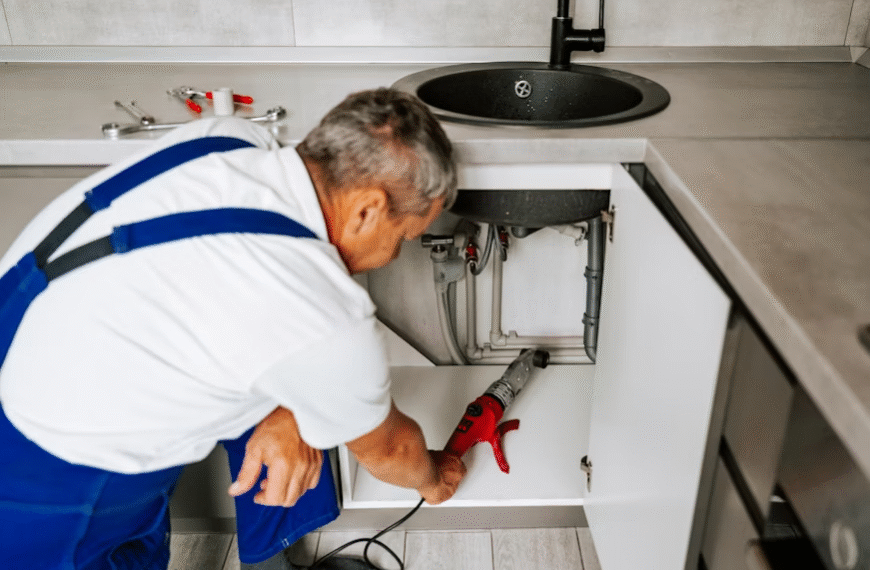If you’re searching for a salon-grade solution to dry, frizzy, or damaged hair, Dry Bar nourishing shampoo is a phrase you’ll see again and again. Designed to cleanse without stripping, hydrate without weighing hair down, and support smoother, stronger strands, Dry Bar’s nourishing shampoos are built around the brand’s blowout-bar heritage: professional performance with at-home convenience.
This in-depth guide covers everything you need to know about Dry Bar nourishing shampoo what it is, how it works, who it’s best for, what ingredients to look for, how to use it for maximum effect, and how it compares to other nourishing shampoos on the market. If your goal is healthier, more manageable hair, read on.
What Does “Nourishing Shampoo” Mean?
A “nourishing shampoo” is formulated not only to remove dirt, oil, and product buildup but also to deliver conditioning, moisture, and restorative benefits during the cleansing step. Unlike basic detergents that can leave hair dry or brittle, a nourishing shampoo:
- uses milder surfactants to clean gently;
- includes humectants and emollients to replenish moisture;
- often contains proteins, botanical extracts, or lipids to strengthen and smooth the hair shaft;
- aims to leave hair softer, shinier, and easier to style immediately after washing.
When you see the term Dry Bar nourishing shampoo, it typically refers to Drybar’s range of shampoos that emphasize hydration, repair, or smoothing properties products crafted to protect salon blowouts while improving hair health over time.
Why Choose Dry Bar Nourishing Shampoo?
There are many reasons people choose Dry Bar nourishing shampoo over ordinary drugstore options. The core appeals are performance, formulation balance, and sensory experience.
- Salon-Grade Performance
Drybar’s formulas are created with professional styling in mind. They’re designed to prepare hair for blow-drying and styling, improving manageability and delivering a finish that holds up through heat styling without feeling heavy. - Balance of Cleanse + Care
Nourishing shampoos from Drybar seek a middle ground: enough cleansing to remove product, oil, and environmental grime, but enough conditioning to prevent dryness and frizz. That balance reduces the need for multiple corrective products. - Targeted Formulas
Different Drybar nourishing shampoos target different needs — hydration, smoothing, color protection, or repair. Choosing the right one gives you a tailored benefit rather than a one-size-fits-all approach. - Pleasant Fragrance & Texture
Part of Drybar’s brand is the sensory experience. Their shampoos often have signature, salon-worthy fragrances and rich textures that make regular washing feel like an indulgence, not a chore. - Cruelty-Free Standards
Drybar has historically marketed itself as cruelty-free, which matters to many consumers seeking ethical beauty options.
Key Ingredients to Expect in a Dry Bar Nourishing Shampoo
Not every bottle labeled “nourishing” is the same. When evaluating a Dry Bar nourishing shampoo, look for ingredient groups that actually deliver hydration and repair:
- Mild surfactants: Plant-derived or gentle detergents that clean without stripping. Examples include decyl glucoside, coco-glucoside, or sodium cocoyl isethionate. These keep hair’s natural oils intact while allowing for effective cleansing.
- Humectants: Ingredients such as glycerin or propanediol attract moisture to the hair and scalp, helping to keep fibers hydrated.
- Emollients and oils: Lightweight oils (jojoba, argan, neroli oil in some Drybar formulas) and butters (murumuru butter is used in some smoothing lines) help seal the cuticle and add softness and shine.
- Proteins and amino acids: Hydrolyzed proteins or plant-based keratins can temporarily fill gaps in damaged cuticles, reducing breakage and improving texture.
- Antioxidants and botanicals: Extracts like aloe, green tea, or vitamins protect hair from environmental damage and add soothing properties to scalp care.
- Silicone alternatives or selective silicones: Some nourishing shampoos use lightweight silicones to smooth hair. Others rely on natural polymers to avoid buildup while maintaining slip.
Drybar often combines several of these elements to target frizz control, hydration, and manageability. Reading the ingredient list helps you match a shampoo to your hair’s condition and concerns.
Popular Dry Bar Nourishing Shampoo Options (Overview)
Drybar offers multiple shampoo formulations; while names and exact formulations can change, the lineup typically includes options such as:
- Smoothing or “Liquid Glass”-type shampoos: Designed for frizz control and gloss. Expect ingredients that add slip, seal cuticles, and deliver shine while protecting against humidity.
- Hydrating or “Agua Fresca”-style shampoos: Focused on replenishing moisture without weight, tailored for dry or normal hair that needs more hydration but not heaviness.
- Repairing or strengthening shampoos: Formulated with proteins and conditioning agents to help rebuild weaker, damaged strands.
Each shampoo is positioned to address a primary hair need while leaving hair primed for styling.
See also: Styling Steps: Matching Gold Pieces with Outfits & Occasions
Who Should Use Dry Bar Nourishing Shampoo?
Drybar nourishing shampoo is particularly well suited for:
- Hair that is dry, brittle, or frizz-prone.
- Chemically treated hair (color, lightening, perms) that needs gentler cleansing and added moisture.
- Heat-styled hair that experiences breakage or dullness from frequent blow-drying or tools.
- Those seeking a polished, salon-finished look after washing.
- Anyone who wants a balanced shampoo that reduces the number of products needed in a routine.
It may be less ideal for people with very fine, oily scalps who require frequent clarifying cleanses, unless they alternate with a lighter or clarifying shampoo.
How to Use Dry Bar Nourishing Shampoo for Best Results
Using the shampoo correctly amplifies the benefits. Try the following routine:
- Wet hair thoroughly — Start with lukewarm water to open the cuticle slightly so cleansing is effective.
- Use the right amount — A coin-sized amount usually suffices for medium-length hair; longer or thicker hair will require more. Concentrated formula means less is often better.
- Apply to roots and scalp first — Focus on cleansing the scalp where oil and buildup accumulate. Massage gently with fingertips to stimulate circulation and encourage lather.
- Let product travel — As you rinse, the suds will shampoo the lengths; avoid over-scrubbing mid-lengths and ends which are more fragile.
- Rinse thoroughly — Any residue can weigh hair down or interfere with conditioning steps.
- Follow with a compatible conditioner or mask — Match a hydrating conditioner or a leave-in treatment to maintain moisture and seal the cuticle.
- Finish with styling products — If you blow-dry, use a heat protectant and select serums or creams that support the shampoo’s goals (smoothing, hydration, volume).
For heavily styled or product-heavy hair, a double-wash method (light first wash to remove buildup, second wash to treat and nourish) can be effective.
Pairing with Conditioners and Treatments
A shampoo’s job is cleansing and initial nourishment; the conditioner or mask is where deeper hydration and repair happen. With a Drybar nourishing shampoo:
- Pair smoothing shampoos with lightweight smoothing conditioners and anti-frizz serums.
- Pair hydrating shampoos with richer conditioners or weekly hair masks for intense moisture.
- Use protein treatments sparingly; if your shampoo includes protein, avoid over-proteinizing, which can make hair stiff.
Leave-in conditioners, oils, or serums used after washing will lock in the effects and help styling last longer.
Common Questions and Concerns
Will a nourishing shampoo make my hair oily?
Not if you choose a formula tailored to your hair type. Drybar offers options formulated to hydrate without adding undue weight. Use the amount recommended and focus application on the scalp.
Are nourishing shampoos safe for color-treated hair?
Many nourishing shampoos are formulated to be color-safe and sulfate-free. Check the label for “color safe” and for sulfates if color longevity is a priority.
How often should I use a nourishing shampoo?
Frequency depends on your scalp and hair type. For dry hair, 2–3 times per week is common. For oily scalps, alternate with a clarifying shampoo or use a gentler wash more frequently.
Can nourishing shampoos cause buildup?
Heavier oils or certain silicones can accumulate over time. Use an occasional clarifying treatment if you notice hair feeling heavy or dull.
How Dry Bar Nourishing Shampoo Compares to Other Brands
Compared to budget shampoos, Drybar nourishing shampoo typically offers:
- Higher concentration of active conditioning agents.
- More targeted formulations for styling outcomes.
- Advanced fragrance and salon experience.
- Premium price point reflecting brand positioning.
Compared to other premium salon brands, Drybar holds its own by focusing on blowout performance and user-friendly, approachable product lines. The choice often comes down to ingredient preference (e.g., preference for silicone-free, vegan keratin, or specific botanical extracts) and individual hair response.
Tips to Maximize Results and Hair Health
- Rotate shampoos: Alternate a nourishing shampoo with a clarifying wash every 2–4 weeks to prevent buildup.
- Use cool rinses: Finish with a cool rinse to close the cuticle for extra shine.
- Limit heat: Heavy heat styling undermines nourishing efforts; always use a heat protectant.
- Trim regularly: Removing split ends helps the hair appear healthier and allows nourishing products to work better on intact hair ends.
- Treat scalp health: A nourished scalp supports stronger hair growth. Consider scalp exfoliation or serums if you experience flakiness or buildup.
Practical Considerations: Price, Availability, and Sustainability
Drybar products are positioned in the premium segment; expect a higher price point than mass-market shampoos. That price often reflects concentrated formulas and salon development. Availability is broad — Drybar lines are commonly sold through the brand’s website, salons carrying the brand, major beauty retailers, and selected online stores.
If sustainability is a priority, check for refill sizes, recyclable packaging, and ingredient sourcing statements. While Drybar has made some strides, reviewing each product’s packaging and formulation details will help you evaluate environmental impact versus performance.
Final Verdict
If your hair needs hydration, smoothing, or professional styling results at home, Dry Bar nourishing shampoo is a reliable choice. Its salon-inspired formulas are engineered to cleanse without stripping and to provide a foundation of nourishment that improves texture, shine, and manageability. Like any premium haircare product, the best results come from selecting the formula that matches your hair type, using it with complementary conditioners and treatments, and pairing it with healthy hair habits.
Whether you’re trying to tame frizz, revive dry strands, or protect color and style, Drybar’s nourishing shampoos make a compelling option for anyone who values performance and salon finish in their daily routine.

















